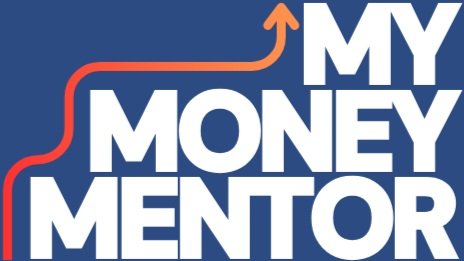Do you know what money is?
In a world where financial literacy is more important than ever, it’s surprising how little we’re taught about the true nature of money. Uderstanding what money really is can empower us to make smarter financial decisions. This article aims to demystify money by breaking it down into its most basic components: money as a medium of exchange and money as stored effort, labor, and leverage.
Money as a Medium of Exchange
At its core, money is a tool that facilitates trade. Imagine living in a barter system where you have to exchange goods and services directly. You might offer your graphic design skills in exchange for groceries. However, this system is incredibly inefficient because it relies on a double coincidence of wants—you need to find someone who not only has what you want but also wants what you have to offer.
Money eliminates this problem by acting as a common medium of exchange. It’s universally accepted and can be exchanged for virtually anything you need. Whether it’s dollars, euros, or yen, the value of money is recognized globally, making transactions smoother and more efficient.
Example: Let’s say you’re a freelance writer. Instead of trying to find a farmer who needs articles in exchange for vegetables, you get paid in money. You can then use that money to buy groceries, pay rent, or invest in your education. Money simplifies transactions and makes it possible to trade your skills for a wide variety of goods and services.
Money as Stored Effort, Labor, and Leverage
Beyond being a medium of exchange, money also represents stored effort and labor. When you work, you expend energy and time to create value. Your employer compensates you with money, which essentially stores that value. This concept is crucial because it highlights why money is valuable even when it’s just sitting in your bank account.
Stored Effort and Labor: Think of money as a battery storing your work energy. Each dollar you earn is a reflection of your hard work and skills. When you save money, you’re storing the fruits of your labor, which you can later use to buy goods, services, or even more time (by investing in things that free up your schedule).
Leverage: Money also acts as leverage. When you have savings, you can invest in opportunities that increase your wealth without directly trading your time for money. For example, investing in stocks, real estate, or a business allows your money to work for you, generating returns over time. This leverage is a powerful tool that can lead to financial independence and security.
Practical Implications
Understanding these basic concepts of money has practical implications:
Budgeting and Saving: Recognizing money as stored labor helps you appreciate the importance of budgeting and saving. Every dollar saved is a portion of your effort reserved for future use.
Smart Spending: When you spend money, think of it as trading your stored effort for goods and services. This perspective can help you make more mindful spending decisions.
Investing Wisely: Leveraging your money through investments can amplify the value of your stored labor, leading to greater financial growth over time.
Conclusion
Money is much more than just paper, coins, or numbers on a screen. It’s a versatile tool that facilitates trade, stores the value of your labor, and provides leverage for future opportunities. By understanding money in these basic terms, you can gain greater control over your financial life and make decisions that align with your goals. Mastering these concepts can set the foundation for a secure and prosperous future.
